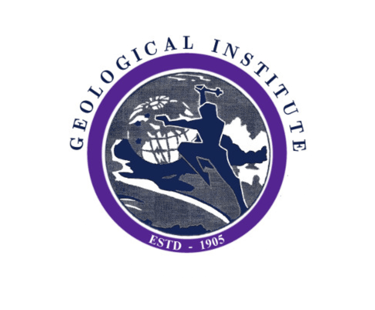Facility We Provide


Spectroscopy & Spectrometry
WDS-XRF
An X-ray fluorescence (XRF) machine is a non-destructive analytical tool used to determine the elemental composition of materials. It works by bombarding a sample with X-rays, causing it to emit characteristic fluorescent X-rays that reveal the presence and concentration of elements. XRF is widely used in industries like mining, metallurgy, and archaeology for quality control, material identification, and artifact analysis. Portable XRF devices enable on-site testing, offering rapid results with minimal sample preparation. Its accuracy and versatility make it essential for applications requiring precise elemental analysis.


Scanning Electron Microscopy with Energy Dispersive Spectroscopy (SEM-EDS) is a powerful tool in geology for analyzing mineral compositions and textures. It uses a focused electron beam to produce high-resolution images of geological samples, revealing surface morphology and microstructure. EDS detects X-rays emitted from the sample to identify and quantify elemental compositions. This technique aids in mineral identification, phase analysis, and mapping elemental distribution in rocks and ores. SEM-EDS is widely used for studying geological processes, ore deposits, and material characterization.
Scanning Electron Microscope


A CHNS analyzer is used in geology to determine the elemental composition of carbon, hydrogen, nitrogen, and sulfur in geological samples like rocks, soils, and sediments. It employs combustion techniques to convert these elements into gases, which are then quantified for precise analysis. This data helps geologists understand organic matter content, paleoenvironmental conditions, and diagenetic processes. The machine is critical for studying carbon cycles, hydrocarbon potential, and soil fertility. Its high sensitivity ensures accurate results for small sample sizes.
CHNS Analyser
Microscopy & Microanalysis


Reflected Microscope
A reflected light microscope is used in geology to examine opaque minerals and rocks, such as ores and thin sections of metallic minerals, under reflected light. It helps identify minerals, textures, and structures by analyzing their optical properties, like reflectivity and color. This tool is crucial for studying ore deposits, mineral paragenesis, and economic geology. Polarized light and filters enhance contrast, revealing details about mineral composition and alteration. It’s widely used in petrography and mineral exploration for precise characterization.


Transmitted light Microscope
Transmitted light microscopes are used to study thin sections of rocks and minerals under polarized light to identify mineral composition, textures, and optical properties. By analyzing light refraction and birefringence, geologists can determine mineral types, cleavage, and alteration patterns. This tool is essential for petrography, aiding in the classification of igneous, metamorphic, and sedimentary rocks. It supports detailed investigations into geological processes and rock formation histories.
Rock Thin Section


Rock Thin Section Lab
A rock thin section preparation lab is used in geology to create thin slices of rock samples, typically 30 micrometers thick, for petrographic analysis. These sections are mounted on slides, polished, and examined under a transmitted light microscope to study mineral composition, textures, and structures. The lab employs tools like rock saws, grinding machines, and lapping equipment for precise sample preparation.
Museum


Hemchandra Museum
A geological museum serves as a vital resource for studying Earth’s history, showcasing rocks, minerals, fossils, and geological artifacts. It supports research and education by providing access to well-curated specimens for analysis and comparison. Geologists use these collections to investigate mineral properties, rock formations, and paleontological records.


